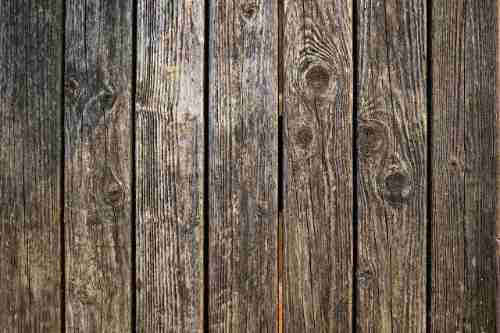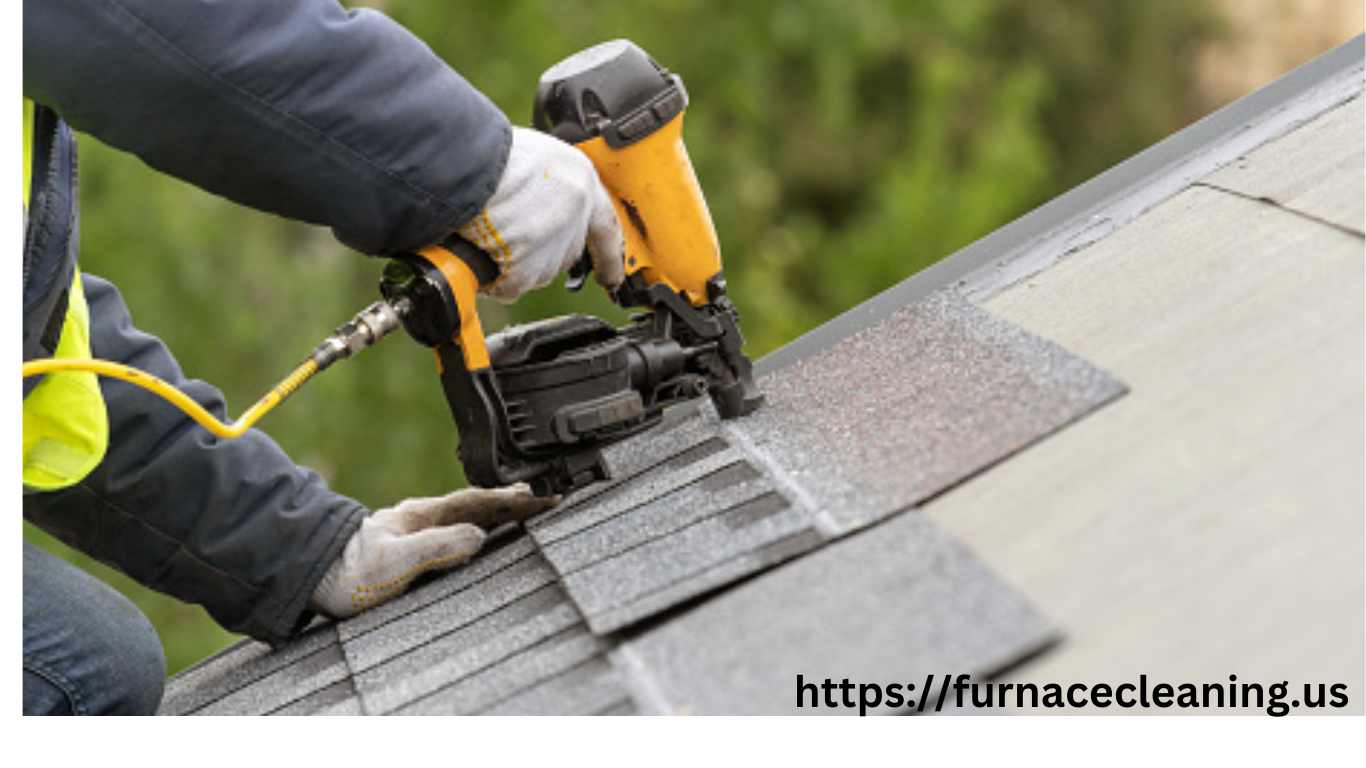
Roof Components a Comprehensive Look
Introduction
The roof Components are an essential part of any structure, protecting it from the elements and ensuring safety and comfort within. However, most people are unaware of the various components that make up a roof and their crucial roles. In this article, we will provide a comprehensive guide to roof components, shedding light on their functions, types, and importance in maintaining a durable and efficient roofing system.
Whether you are a homeowner, a contractor, or simply curious about roofs, this article will enhance your understanding of the key elements that contribute to a sturdy and reliable roof componenet.
Roof Decking
The roof decking forms the foundation of the entire roofing system. Usually made of plywood or oriented strand board (OSB), it is the base layer upon which all other roof components are installed. The decking provides structural support and stability to the roof, ensuring it can withstand the weight of various materials and external forces. It also serves as a flat surface for the installation of underlayment, shingles, or other roofing materials, depending on the type of roof components.
Underlayment
The underlayment acts as a secondary barrier against moisture and provides additional protection to the roof decking. Typically made of asphalt-saturated felt or synthetic materials, it is installed directly over the decking before the roof covering. The underlayment helps to prevent water infiltration and shields against wind-driven rain.
Roof components It also provides a temporary waterproofing layer during the roof installation process, safeguarding the interior of the structure until the final roofing materials are installed.
Roofing Materials
There are various roofing materials available, each offering different benefits in terms of aesthetics, durability, and cost. Some commonly used roofing materials include asphalt shingles, metal panels, clay or concrete tiles, wood shakes or shingles, and synthetic roofing products. The choice of roofing material depends on factors such as climate, architectural style, budget, and personal preferences.
Regardless of the material chosen, it is essential to ensure proper installation and maintenance to maximize its lifespan and performance.
Flashing
Roof Components flashing is a critical component that helps to prevent water penetration at vulnerable points on the roof. It is typically made of galvanized steel, aluminum, or copper and is strategically placed in areas where the roof intersects with vertical surfaces, such as chimneys, walls, vents, and skylights. Flashing forms a watertight seal and directs water away from these susceptible areas, reducing the risk of leaks and water damage.
Roof Ventilation
Proper roof ventilation plays a crucial role in maintaining the longevity of the roof and the overall comfort of the structure’s interior. It involves the intake and exhaust of air within the attic or roof space. Ventilation helps to regulate temperature, reduce moisture buildup, and prevent damage caused by excessive heat or condensation. Common types of roof vents include ridge vents, soffit vents, gable vents, and turbine vents.
A well-designed ventilation system promotes energy efficiency, prevents the formation of ice dams, and extends the lifespan of the roof covering.
Roof Trusses
Roof trusses are the structural framework that supports the weight of the roof. Typically made of wood or metal, they form the skeleton of the roof and provide stability and strength. Trusses distribute the load evenly, ensuring that the weight of the roof is properly transferred to the walls and foundation. They are designed to withstand the forces of gravity, wind, and other external pressures, making them an integral part of any roof construction.
Roof Insulation
Roof insulation is vital for maintaining a comfortable indoor environment and reducing energy consumption. It acts as a barrier against heat transfer, preventing excessive heat gain in the summer and heat loss in the winter. Insulation materials such as fiberglass, cellulose, or foam boards are installed in the roof assembly, either between the roof rafters or over the roof decking. Proper insulation not only enhances energy efficiency but also helps to prevent condensation and minimize the risk of ice dams.
Roof Shingles
Roof shingles or coverings are the visible outer layer of the roof and provide protection against weather elements. They come in various materials, including asphalt, wood, metal, clay, or slate, each with its unique characteristics and aesthetic appeal. Roof shingles or coverings offer durability, weather resistance, and insulation properties. Regular inspections and maintenance, such as replacing damaged or missing shingles, are necessary to ensure the longevity and performance of the roof covering.
Conclusion
Understanding the various components of a roof is essential for homeowners, contractors, and anyone involved in the construction or maintenance of buildings. From the roof decking to the ventilation system, each component serves a crucial purpose in safeguarding the structure from the elements. By gaining knowledge about roof components, individuals can make informed decisions about materials, installation methods, and maintenance practices, leading to a more durable and efficient roofing system.
Image credit: Rajesh Balouria





